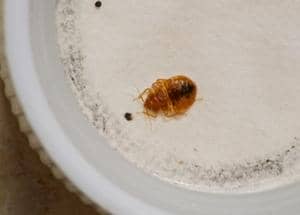Are you shocked to have found a new cohabitant sharing the bed with you? Having bed bugs invasion in your bedroom is any homeowner’s worst nightmare. It is disgusting, unhealthy, and tedious to get rid of.
Luckily, there is a way to fix the problem. Here are the most efficient elimination methods used by professional eradicators. Learn about what temperature kills bed bugs and which pros and cons come with each treatment option.
I hope the following recommendations from the best pest control experts will let you stop the nasty intruders in their tracks and make sure they never come back.
At What Temperature Do Bed Bugs Die & How to Prevent Reinfestation?
If you are a homeowner seeking to eliminate the annoying bed bug problem, the treatments described in this post will help you do that most effectively. Here, I will explain in detail what temperature kills bed bugs instantly and why killing bed bugs with cold is not always the best idea.
Can high or low temperature kill bed bugs?
Bed bugs require a comfortable air temperature of 77-86 °F (23-30 °С) for survival and reproduction. They can endure a narrow temperature range, and if the temperature drops too low or goes up too high, these insects die. Still, bed bugs live and remain active at 50 °F (10 °C), but if it drops below -31 °F (-35 °C), it kills them.
First, these bugs become numb, and their larvae stop hatching. Long-term exposure to cold temperatures leads to their death. The same happens if the temperature rises above 45 °C. The higher the temperature, the faster they die.
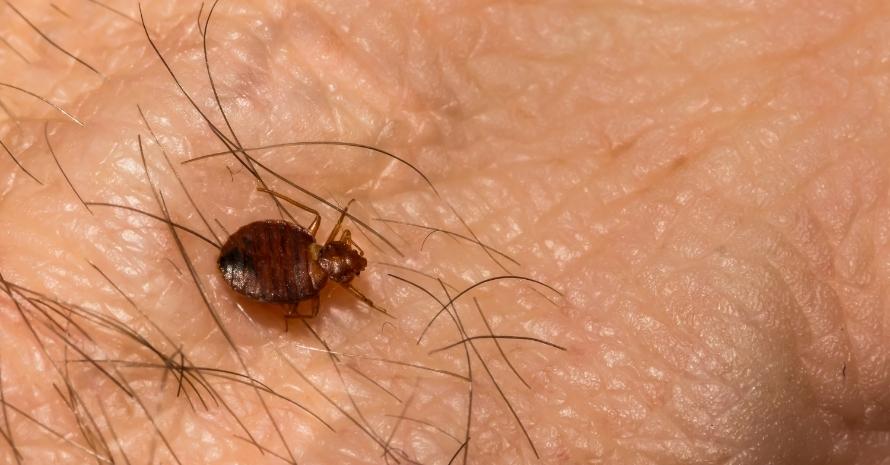
Thus, the answer to both questions of “does heat kill bed bugs?” and “does cold kill bed bugs?” is yes, but there is a nuance. Although bed bugs are sensitive to heat and cold, switching off heaters in winter or leaving infested things to sit outside on a hot summer day is not going to work. One way to get rid of them is to reach temperatures that kill bed bugs, which are usually much above or below what is naturally possible.
When deciding between freezing and overheating smaller items infested with bed bugs like linens or clothes, homeowners can be guided by what is more comfortable and achievable for them. However, when in need of a DIY whole-home treatment solution, heating seems like a more realistic option.
Benefits and Disadvantages of Freeze Bed Bugs Treatments
Freezing bed bugs and their eggs to death with low temperatures is possible, even though it is a less versatile and efficient choice for homeowners.
Besides, it comes with significant limitations that make its use by non-professional exterminators complicated. The most common DIY way to kill bed bugs with cold is to place your sofas and other contaminated items outside during severe frosts.
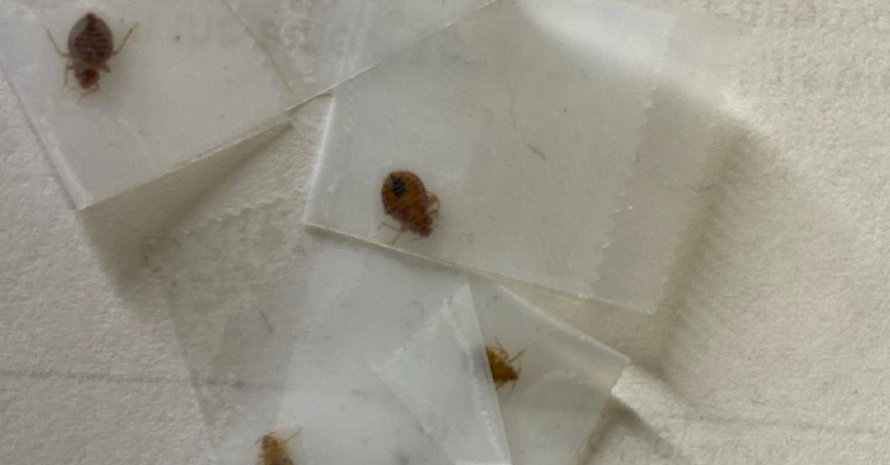
However, doing so might not bring the results you are hoping for as bed bugs tend to spread around the house and might go hiding in other pieces of your furniture or floor cracks.
So, even if you manage to rid your cozy couch of the annoying pests, there are likely to be more of them waiting for an opportunity to return and re-colonize the beloved item.
It is more of a prevention than a treatment method. It works best if used on separate pieces of furniture like old sofas or mattresses that have been in use. Thus, you can leave your second-hand items outside at sub-zero temperatures for a few days to make sure that no pests will enter the house with them.
When applying professional rapid freezing technology (Cryonite freezing) to destroy bed bugs and their eggs, carbon monoxide is converted into cold, dry ice snow that is then sprayed around and freezes the pests to death upon contact. For that procedure, the use of specialized equipment is necessary.
| Pros: | Cons: |
|
|
Benefits and Disadvantages of Heat Bed Bugs Treatments
Anti-bed bug heat treatment is a viable non-chemical option used by specialists and individual homeowners. Bed bugs die when subjected to temperatures of 122 °F (50 °C) and above.
The higher the temperature, the less time the eradication procedure takes. Depending on how heavy and widespread the infestation is, the procedure may necessitate the use of specialized equipment such as jet heaters, blowers, and sensors that control the temperature in the room. When performed correctly, this method should make you free of bed bugs on the same day.
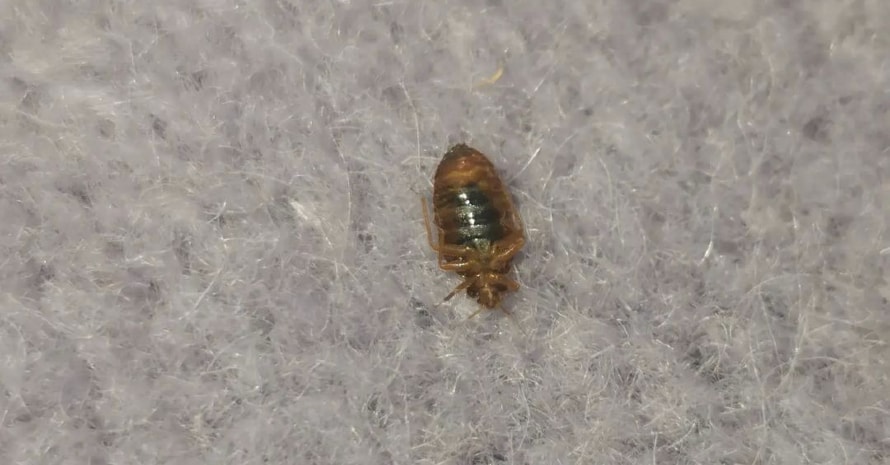
The experience of people who managed to eradicate bed bugs in this way shows that the room needs to be warmed up to 122-140 °F (50-60 °C) and maintained at this temperature for at least half an hour, better yet a full hour.
The procedure is safe for humans but deadly for pests. Prolonged heating of the room ensures that hot air gets into all bed bug nests, whether they are hiding in the sofa, under the baseboard, or in other crevices of your house.
| Pros: | Cons: |
|
|
Tips for eliminating a bed bug problem in your bedroom
Here are a few additional steps that will help you remove a bed bug problem quickly and effectively:
- Wash linens, covers, drapery, and clothes using the hottest temperature and the highest spin setting the machine has.
- Before you start vacuuming, clean the seams of the mattress with a firm brush.
- De-clutter the area around your bed and vacuum this space frequently. Once you have finished vacuuming, place the contents of the cleaner bag into a plastic box and dispose of it by throwing it in the garbage can outside your house.
- Cover your mattress and box springs with a tightly woven, zippered anti-bed bug mattress encasement. Keep it that way for at least a year.
FAQ: Choosing the Right Bed Bug Treatment Option
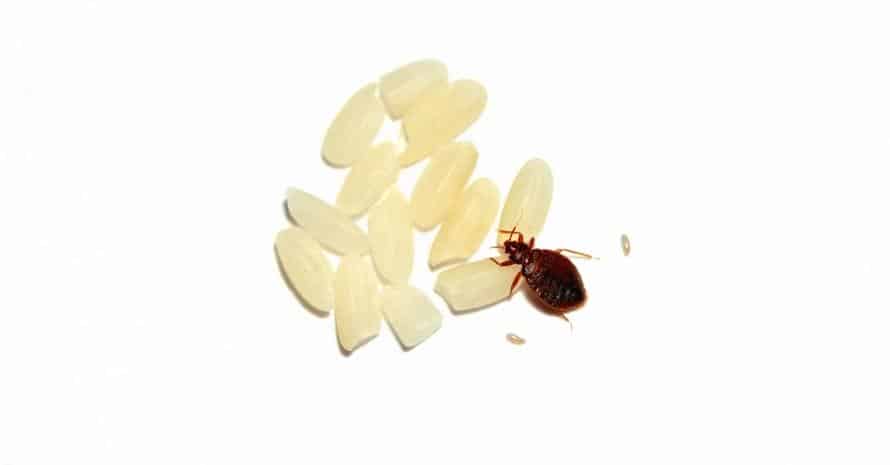
When it comes to finding the perfect solution to your bed bug problem, you are likely to have many questions, especially if you plan to eradicate the infestation without seeking professional assistance.
I have compiled a list of brief answers to the most frequently asked questions. If you cannot find what you are looking for here, leave a comment below!
Do bed bugs die in the dryer?
The temperature used in the dryer is sufficient to destroy bed bugs and their eggs. Tumble-drying your washed clothes/linens for up to 30 minutes on a high spin setting will make the whole process more effective.
What temperature of steam kills bed bugs?
Exposing bed bugs and their eggs to temperatures of 122°F (50°C) is enough to destroy them within a few minutes. Given that steam forms at 212°F (100 °C), this temperature is guaranteed to kill most insects, including bed bugs, on the spot.
How long does it take bed bugs to starve?
Depending on the ambient temperature, humidity, and insect age, bed bugs can last from 20 to 400 days without feeding. Therefore, starving them to death as you would do with lice is not practicable. You will succeed more in killing bed bugs with heat through either hot washing and drying or steaming.
Are bed bugs worse in summer or winter?
June through October is when bed bugs are usually the most active. Increased heat and excessive humidity make bed bugs hungrier, more fertile, and aggressive.
What are the main signs of a bed bug infestation?
The main signs indicating a bed bug infestation are as follows:
- you find blood staining your sheets and pillowcases;
- you have bite marks that are itchy and red on your skin;
- you smell a strong and musty odor in your bedroom even after airing the room.
Are chemicals more efficient against bed bugs than heat/cold treatments?
Using chemical agents is an effective and fast-working pest eradication method; however, it does have a few crucial downsides.
First, you will need to apply a combination of chemicals – contact insecticides, residual chemicals with a delayed effect, and specialized dust that offers protection against pests, hiding in cracks and gaps around the house.
It is a messy and time-taking process. Besides, most bed bug chemicals are toxic and have to be used cautiously in households with kids and pets.
What temperatures can bed bugs survive?
If you intend to eliminate a bed bug infestation on your own, one of the first questions to ask yourself is: “what temperatures can bed bugs survive?” Experts say that any temperature of over 45°C is lethal for bed bugs.
Their eggs, however, have more resistance to survive the heat. To get rid of both adult bugs and eggs, make sure to expose infested clothing and linens to higher heat for a longer time.
Killing Bed Bugs Is Hard Without Professionals
Killing bed bugs that have infested your perfect home is no walk in the park. This lengthy and effort-consuming process requires a lot of focus and dedication.
Luckily, there is now no shortage of efficient and approved pest eradication methods, the most trusted and widespread being heat and steam treatment options. However, if you feel it is a fight you cannot win on your own, professional exterminators in your area will happily render their services.
Have you ever had a bed bug problem? What helped you get rid of the invaders? Speak up in the comments and share this post with others!
Also read:
- Best Bed Bug Spray
- Ecoraider Bed Bug Spray Review
- Hot Shot Bed Bug Fogger Review
- Can Bed Bugs Live in Clothes
- Can Bed Bugs Survive in Water
- Do Bed Bugs Lay Eggs in Your Skin
- How to Get Bed Bugs Out of Carpet
- Baby Bed Bugs
- Can Bed Bugs Live In Your Hair
References
- Insecticides (United States Environmental Protection Agency)
https://www.epa.gov/caddis-vol2/insecticides#:~:text=Insecticides%20are%20chemicals%20used%20to,structure%20and%20mode%20of%20action. - Effects of Temperature and Humidity on the Survival and Water Loss of Cimex hemipterus (Hemiptera: Cimicidae) (Journal of Medical Entomology)
https://academic.oup.com/jme/article/47/6/987/992893?login=false

